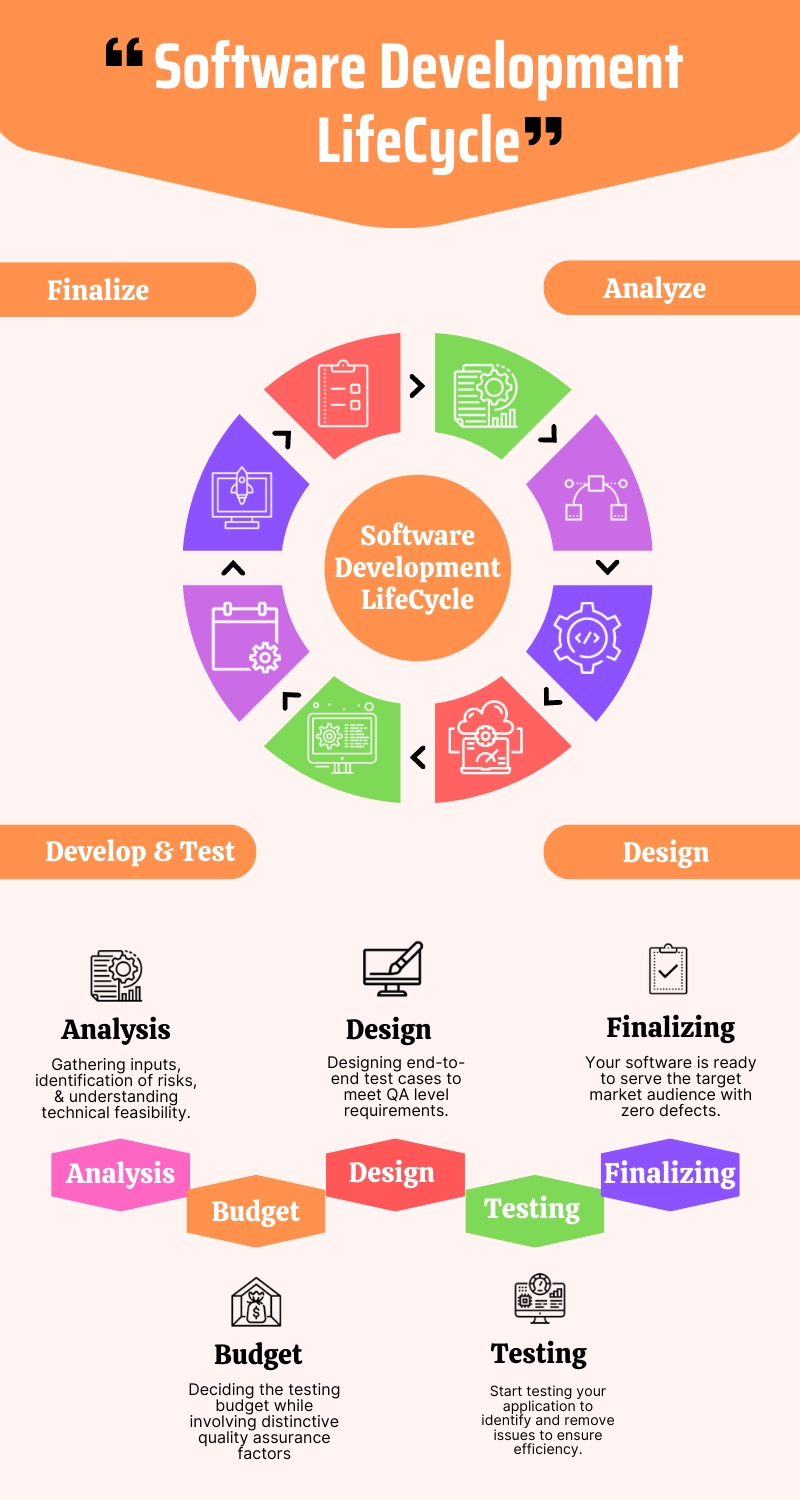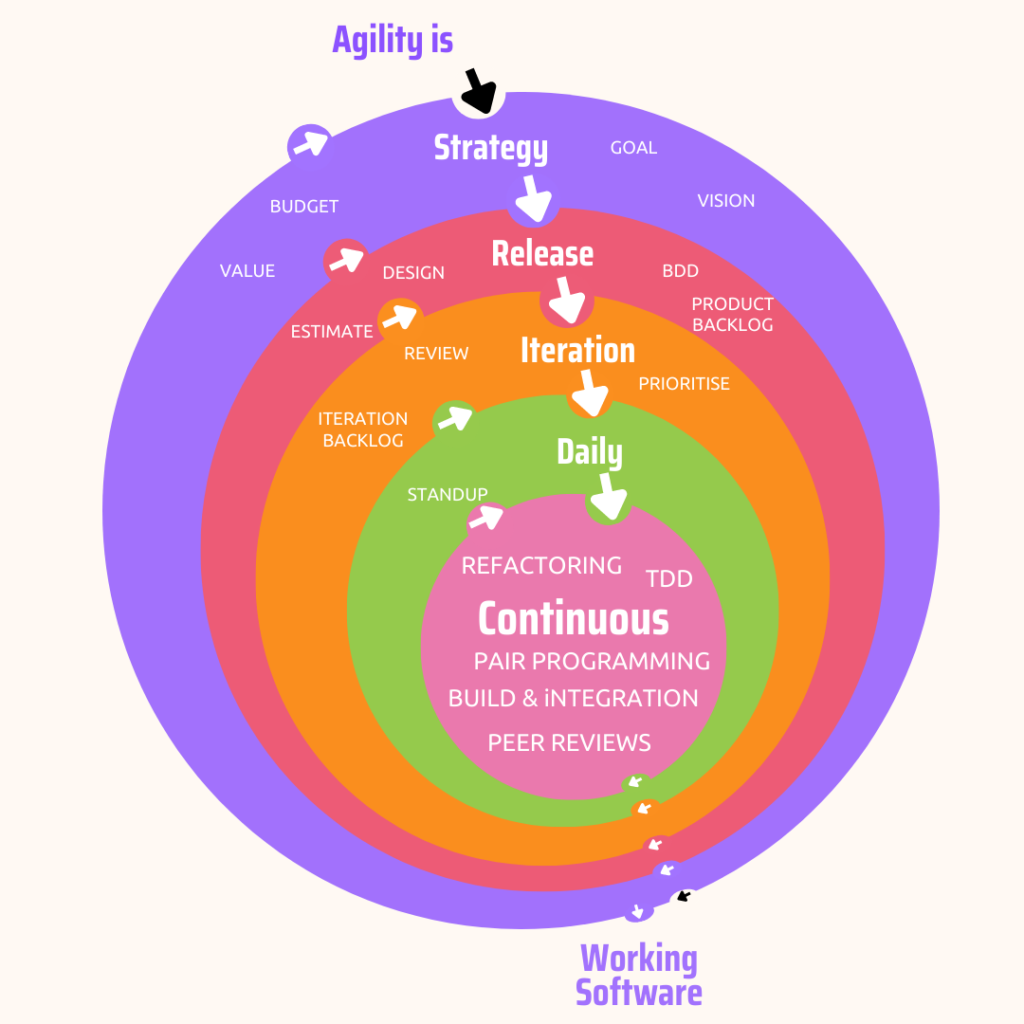Within the competitive software world, there is no space for mistakes. Software testing methodologies play a vital role in the software development life cycle, giving direction way tests should be performed. To better understand, check this example.
Google Nest Smart Thermostat had one the software failures in 2016. A software update crashed the entire application, causing the batteries to drain out and making consumers freeze in a cold situation. The company immediately responded by releasing a new version that fixed the bug causing the error.
If Nest had tested the application properly before releasing an update, the company wouldn’t have been in such a delicate situation. The incident proves apart from the software development process, software testing methodologies are equally important.
So, what are these software testing methodologies, and what role do they play in your applications?
This blog post will guide you on what a testing methodology is and how it’s different from software testing type. But most importantly, the blog will focus on software testing methodologies.
Introduction to Software Testing Methodologies
The methodology is a testing process to simultaneously develop and test a software application per the client’s requirements. The testing method defines the project management, organizational structure, and software testing techniques. It builds a plan to conduct the tests, defines the team’s responsibilities, and opens the line of communication. Each methodology has a specific test objective that depends on the application, client expectations, and delivery time.
Popular Software Testing Methodologies
There are multiple models for testing, the list below mentions some of the popular and most used ones.
-
Waterfall Model
Waterfall methodology focuses on the development process that follows a vertical path. It is known for its sequential process, where the next phase only begins once the previous phase gets completed. There are different phases within the waterfall model, including Requirements, Design, Implementation, Verification, and Maintenance.
Testing Approach
The first phase is the requirements phase, where project requirements are fully defined before testing starts. During this phase, testers analyze the scope of the test strategy and build a detailed test plan. The testing team moves to the next phase only when the previous phase completes.
Advantages
- This software development model is very highly simple to implement and manage.
- The success rate is high, where requirements are clearly defined and stated beforehand.
-
Agile Model
The agile testing methodology is an integral part of software testing services focused on the idea of iterative development. In the Agile method, the development work is done in continuous incremental cycles, called sprints. Due to sophisticated applications and changing market demands, the agile methodology builds communication channels to understand stakeholder requirements. The communication helps the team focus on responding to the changes rather than relying on an extensive planning process.
Testing Approach
Incremental testing is implemented within the agile development method. Thus, every release is tested thoroughly. It ensures that any bugs within the system are fixed before the next big release.
Advantages
- It is possible to make changes in the project at any time to meet the requirements.
- This testing minimizes risks and improves software efficiency.
-
Iterative Model
The methodology works by breaking down the big project into small components. Every component passes through different testing cycles. It is a data-driven strategy, and each iteration works on the outcome of the previous test cycle. The repeated tests release the burden of organizational management and streamline the software requirements. It results in a quality product.
Testing Approach
Once an iteration is complete the whole system is subjected to testing. Feedback from testing is instantly available and included in the next cycle. The testing time needed in successive iterations is lowered based on the insights from past iterations.
Advantages
- Test feedback is immediately available at the end of each cycle.
- The methodology is flexible, so a testing team can quickly make edits to the testing process.
-
The V Model
The V methodology works as an extension of the waterfall model, used for small-scale projects with defined software requirements. It implements a ‘V-shaped’ model categorized into coding, verification, and validation. Coding is like the foundation of the model, and each development phase goes simultaneously with testing, resulting in the early detection of bugs in each step.
Testing Approach
The ‘V-model’ is quite different from the waterfall model. Testers in this model perform tests at each development step. The verification process ensures that the product is developed properly while the validation process ensures that it’s the correct application as per the requirements.
Advantages
- Testing activities like planning and test designing happen well before coding.
- Proactive defect tracking – that is defects are found at an early stage.
- Works well for small projects where requirements are easily understood.
-
Extreme Programming
Extreme programming is based on an agile methodology which implements short development cycles. A project is completed by dividing it into simple engineering tasks. Here developers code a simple piece of software and get feedback from customers. Reviews from the customer are included and the developers move ahead with the next task. Extreme Programming is popular for projects where customer requirements are constantly changing.
Testing Approach
Extreme programming follows a Test-driven development process. Here, quality analysts add a test case to the test suite and verify the new functionality. Next, code is written to implement the feature/functionality. Again, the test suite goes through execution. This time, the new test must pass as functionally has been coded.
Advantages
- Customers having a vague software design in mind could use extreme programming
- Continuous testing and continuous integration of small releases ensure software code is delivered is of high quality
Which Software Methodology to Choose?
There are countless methodologies available for automation testing services and their corresponding testing. Each testing methodology is developed for a specific goal and has its relative pros and cons.
The selection of a specific methodology depends on multiple factors like the nature of a project, client requirements, and project schedule. From a testing objective, some methodologies push testing in the initial stages of the development life cycle, while others wait until a working model is ready.
Wrapping Up
Testing has always been a crucial phase of the software development life cycle. It boosts application performance, improves security, and offers quality assurance. But it is not as simple as using a testing tool and running the application to identify errors.
Testing goes simultaneously with planning, designing, implementing the code, and it would be wrong to consider it an isolated job. Each software testing methodology offers productive solutions that ensure a software project meets the business requirements and maintains a personalized user experience.
FAQs
- What are software test methodologies?
Software testing methodologies are the various strategies or approaches used to test an application to ensure it behaves and looks as expected. These encompass everything from front to back-end testing, including unit and system testing.
- What are different QA methodologies?
Test Methodologies include functional and non-functional testing to validate the AUT. Examples of Testing Methodologies are Unit Testing, Integration Testing, System Testing, Performance Testing, etc. Each testing methodology has a defined test objective, test strategy, and deliverables.
- What is the difference between testing techniques and testing tools?
Techniques are basically experiences and intuition that you use to test applications. While tools are a mirror image of those experiences which allows you to manage your testing data or scripts when it’s automation. Testing tools are software programs clubbed together per testing activities.



